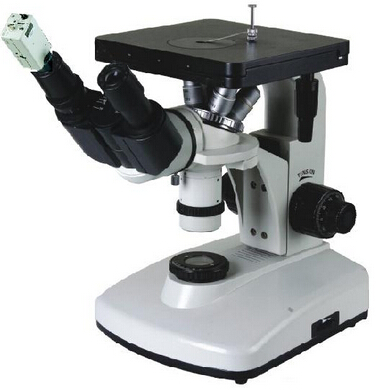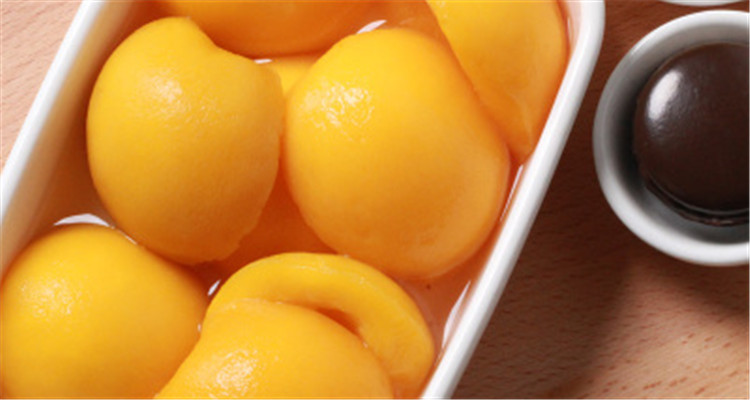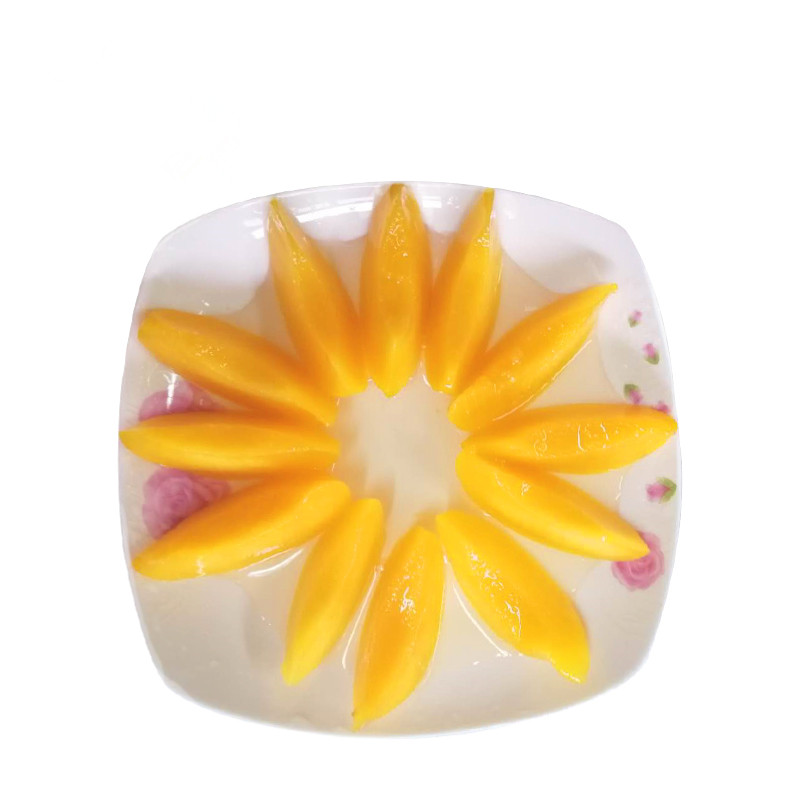How should a metallographic microscope be used? And what should I pay attention to when using it? The following will be detailed by Shanghai Bayu technical staff:
Metallographic microscope use:
( 1 ) Connect the light source plug to the power transformer, and then connect the transformer to the indoor 220V power supply. The lighting system has been calibrated before leaving the factory.
( 2 ) The lamp holder must be calibrated repeatedly each time the lamp is replaced. After the bulb is inserted into the lamp holder, the filter glass is placed on the aperture diaphragm, and then the lamp holder is rotated and adjusted back and forth to make the light source uniformly and brightly illuminate the filter glass, so that the bulb is properly adjusted. Rotate the eccentric ring of the socket an angle to secure the socket to the chassis. There are red dots on the lamp holder and the eccentric ring. If you are unloading, just point the red dots.
( 3 ) In principle, each objective lens should be installed before observation. When loading or removing the objective lens, the stage must be raised to avoid touching the lens. If you choose a certain magnification, you can refer to the total magnification table to select the eyepiece and objective lens.
( 4 ) When the sample is placed on the stage, the surface to be observed is placed in the stage. If it is a small sample, it can be pressed by a spring press.
( 5 ) When using a low magnification objective to observe the focus, take care to avoid the lens colliding with the sample . You can look at the objective lens from the side and move the stage down as far as possible until the lens is almost in contact with the sample ( but not in contact ) . Observe from the eyepiece. At this time, the coarse adjustment handwheel should be used to adjust to the first object image, and then the fine adjustment handwheel can be used to adjust the object image to be very clear. Do not use too much force, so as not to damage the lens, affecting the object like observation. When using a high magnification objective or using an oil immersion objective, you must first pay attention to the limit marking. Make sure that the marking on the bracket is kept in the middle of the two markings outside the gearbox, so that the fine movement has a proper lifting allowance. When turning the coarse handwheel, carefully lower the stage slowly. When the image contour appears in the field of view of the eyepiece, immediately use the micro-handwheel to correct the focus until the object image is the clearest.
( 6 ) Before using the oil immersion objective lens, raise the stage, use a smooth and clean stick to pour a drop of Chinese fir oil onto the front lens of the objective lens. At this time, avoid the small rod against the lens and not drop. Excessive oil on it, otherwise it will hurt or stain the lens.
( 7 ) In order to match the objective lenses of various numerical apertures, an aperture diaphragm and a field diaphragm with adjustable size are provided, in order to obtain a good object image and a microscopic contrast. When using an objective lens with a certain numerical aperture, first adjust the focus of the sample correctly, then adjust the field of view light bar. At this time, the field of view is gradually obscured from the field of view of the eyepiece, and then the aperture is slowly adjusted. Open, until the shadow portion just appears when the field of view appears, its function is to cover the light source outside the field of view of the sample to eliminate the diffuse astigmatism reflected by the surface. An adjustable aperture diaphragm is provided to accommodate different objectives and to accommodate the brightness requirements of different types of specimens. Rotate the aperture diaphragm ferrule to make the object image clear and bright with a clear outline. An index is engraved on the diaphragm to indicate the aperture size.

Metallographic microscope use precautions:
To ensure the service life and reliability of the system, pay attention to the following:
1. The test chamber should have three anti conditions: shock (away from the source), moisture (air-conditioning or dryer), dust; power: 220V ± 10%, 50HZ; Temperature: 0 ° C - 40 ° C .
2. When focusing, be careful not to let the objective lens touch the sample to avoid scratching the objective lens.
3. When the center of the hole of the stage gasket is away from the center of the objective lens, do not switch the objective lens to avoid scratching the objective lens.
4. The brightness adjustment should not be too big or too small, and it should not be too bright, which will affect the service life of the bulb and also damage the vision.
5. All (function) switching, the action should be light, to be in place.
6. Turn off the brightness to a minimum when shutting down.
7. Non-professionals should not adjust the lighting system (filament position light) to avoid affecting the image quality.
8. When replacing the halogen lamp, pay attention to high temperature to avoid burns; be careful not to touch the glass body of the halogen lamp directly by hand.
9. When the machine is not in use, adjust the objective lens to the lowest state through the focusing mechanism.
10. When the machine is not in use, do not cover the dust cover immediately. After cooling, cover it again and pay attention to fire prevention.
11. Infrequently used optical components are placed in a drying dish.
12. Non-professionals should not attempt to rub the objective lens and other optical components. The eyepiece can be wiped with a non-fat cotton swab 1:1 ratio (anhydrous alcohol: ether). Do not use other liquids to avoid damage to the eyepiece.
Through the above introduction, do you know about the use of metallographic microscope and the precautions for use? If you have any questions, please feel free to contact us!
In Heavy Syrup
Yellow Clingstone Peaches, peeled, pitted, Yellow Peahc Halves, slices and dices, In Heavy Syrup.
Fomdas control product quality and safety from raw material origins by planting fresh Ams Peaches. About 1/3 of fresh Yellow Cling Peach are picked from Fomdas own orchards, and the rest 2/3 are purchased qualified suppliers. We have strict and complete qualified supplier assessment system for new supplier assessment. Every piece of fresh raw material are pesticides and heavy metal residual tested before putting into production of Canned Peaches In Heavy Syrup. Moreover, all peaches are selected on appearance, color and maturity, they are processed at the peak of freshness.

Fomdas Peaches In Heavy Syrup is natural and healthy, they are gluten free and Non-GMO. It's a good source of Vitamin C, a perfect snack for both kids and adults.

Fomdas Sliced Peahces In Heavy Syrup is shelf-stable, with it, you can enjoy good taste of fresh peaches anywhere and anytime.
Peaches In Heavy Syrup, Yellow Peach Halves, Sliced Peaches In Heavy Syrup, Canned Peaches In Heavy Syrup, Yellow Clingstone Peaches
ZHEJIANG FOMDAS FOODS CO., LTD. , https://www.fomdasfoods.com


